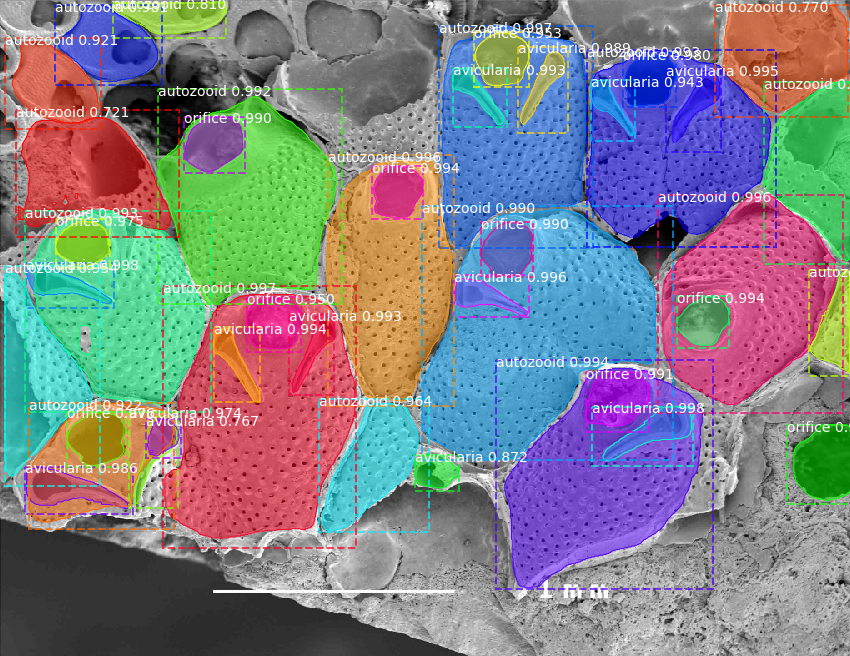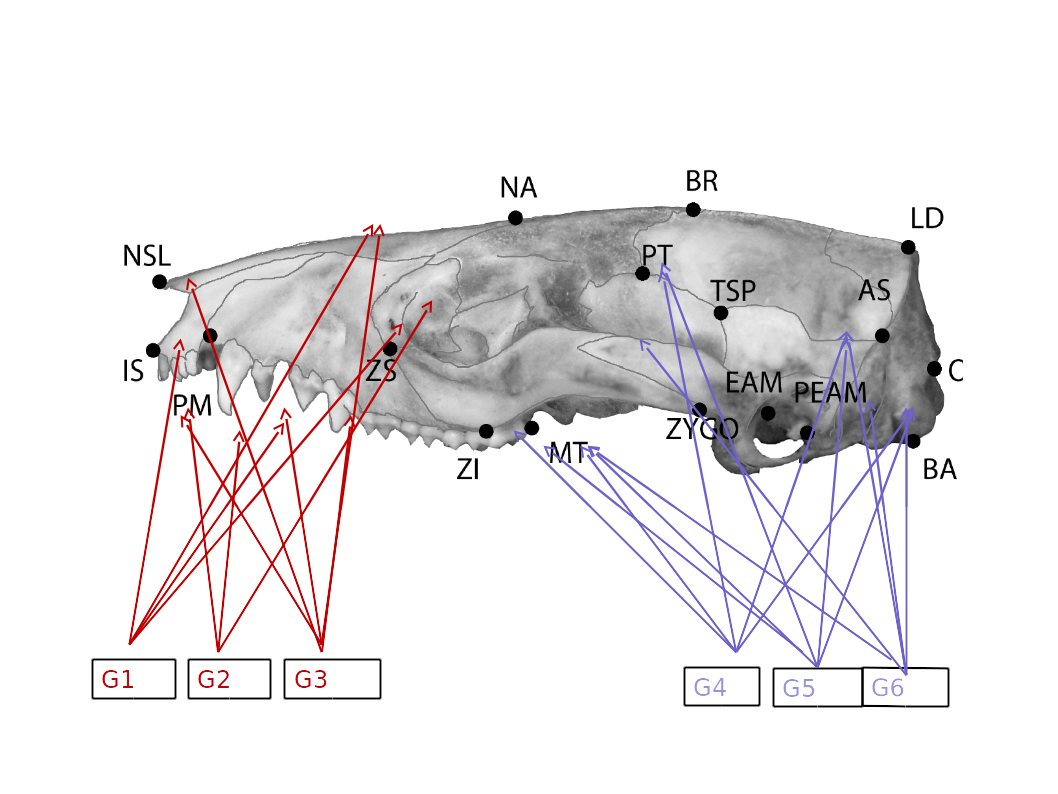Join us in 2021!
The Porto Lab is searching for two PhD students and one postdoc for Fall 2021. PhD students will have guaranteed support for 6 years and will have the opportunity to collaborate with biologists, paleontologists, statisticians and computer scientists. Postdocs will be supported for 2 years, with the possibility of renewal pending the availability of funds. We will consider applicants from various disciplines, including biology, paleontology, statistics, computer science, and related fields. Applicants from underrepresented groups are especially encouraged to apply.
Prospective students/postdocs should contact me by email (agporto[at]gmail.com) to discuss the possibility.
More details about the application process can be found here
The Porto Lab is located in the Department of Biological Sciences and the Center for Computation & Technology at Louisiana State University.
Research topics
Our research focuses on understanding the evolvability of complex organisms, with particular emphasis on the role of modularity and developmental constraints in shaping multivariate evolution. The lab has several ongoing projects, with research organisms that range from marine invertebrates (bryozoans) to mammals, and it uses a wide-array of approaches, varying from genomics to machine-learning (including computer vision). Learn more about our projects below:
Machine-learning-based Phenomics
Large-scale phenotyping (phenomics) is a budding discipline in evolutionary and paleobiology that is likely to bring about a revolution comparable to the one that genomics brought to biology two decades ago. In the Porto Lab, we are developing and implementing cutting-edge machine-learning tools to extract high-dimensional high-throughput phenotypic and quantitative genetic data from both fossil and extant lineages. These open-access tools are available on github. Check the Software tab for video demonstrations of the bryozoan work.

Developmental constraints and the Paradox of Stasis
Evolutionary biologists have long sought to understand the processes that have shaped the morphological diversity of living organisms. Studies in contemporary populations often observe strong selective episodes which, when combined with the abundant genetic variation typically observed for individual traits, should lead to substantial and rapid diversification. The fossil record, on the other hand, shows substantive evidence of stasis, defined as long periods of little to no net morphological change. Together, these contrasting observations point to a critical gap in our understanding of the evolutionary processes taking place on ecological compared to geological timescales. This critical gap, termed “the paradox of stasis”, is one of the most neglected theoretical problems in evolutionary biology. Our research on this topic uses combination of novel empirical and methodological approaches to disentangle the role of evolutionary processes and developmental constraints in shaping evolutionary change in complex morphological traits. Key aspects of the project include the use of a unique marine invertebrate model system (bryozoans) in which the shape of the adaptive landscape of phenotypic traits can be inferred directly from fossil specimens, due to the preservation of reproductive structures.

Genetic Architecture and the Evolution of Modularity
Our research in this area focuses on the opportunities brought out by the increased availability of large genomic datasets and asks questions at the intersection of genetics and evolution. How does natural selection reshape the genetic architecture of complex traits? What is the speed, and through which mechanisms are such changes achieved? To what extent does the genetic architecture of traits influence macroevolutionary diversification patterns? To answer these questions, we use both empirical and theoretical approaches, using both the skull and blood lipids of mammals as model systems to tackle such questions.

